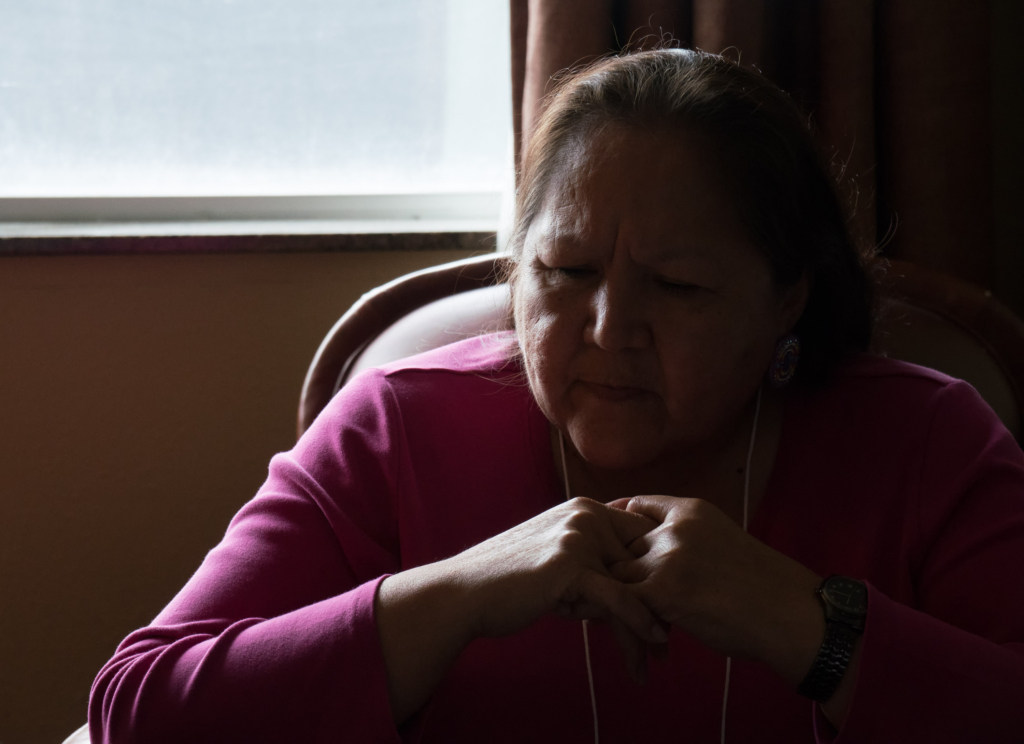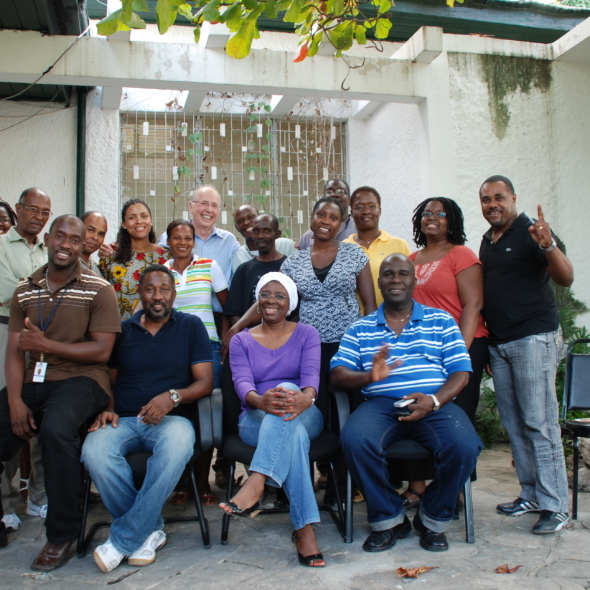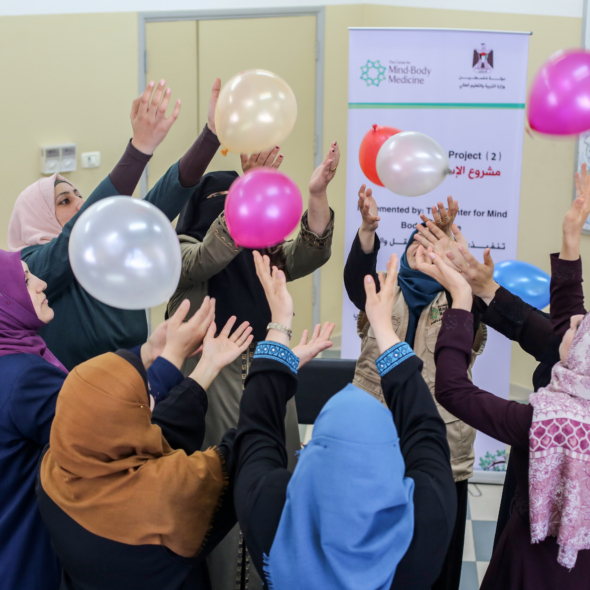We need to talk about burnout…

- What is burnout? (Definition)
Experts don’t agree on the exact definition of burnout, but most would agree with the WHO’s description. “Burn-out is a syndrome conceptualized as resulting from chronic workplace stress that has not been successfully managed.” It’s a general state of exhaustion, alienation, and reduced performance brought on by prolonged stress. Burnout is brought on by work-related pressures, and it usually coincides with challenges in finding work-life balance.
- How can you tell if you are experiencing burnout?
Burnout presents in different ways, affecting emotional, psychological, and physical wellbeing. Fatigue is generally a top indicator, making everyday tasks feel insurmountable. A lack of motivation and apathy are common effects too. Burnout can also cause headaches, pain, gastrointestinal changes, and sleep-related issues.
- Who is susceptible to burnout?
When “burnout” was initially coined by American psychologist Herbert Freudenberger in 1970, it referred mostly to those in “helping” professions, like healthcare workers, educators, first responders, and frontline workers. They work in stressful environments, are often underpaid, and they strive to serve others. In fact, anyone who regularly pushes past their limits in work can experience burnout, but it’s worth looking at the professions most affected to understand burnout.
Education is a purpose-driven, challenging profession, so it’s no surprise that burnout affects teachers especially hard. 44% of K-12 teachers in the US reported feeling burned out very often or always in a poll from the summer of 2022. Female teachers were even more likely to suffer from burnout, with a burnout rate of 55%.
Another group especially vulnerable to burnout is first responders. Even before they were sent to the front lines of the COVID-19 pandemic, EMTs, police, and firefighters faced demanding work conditions. During COVID-19, the emergency work became even more arduous and dangerous. Rates of burnout skyrocketed. Research identified “chronic levels of burnout and consequent onset of state anxiety, acute stress, and symptoms of depersonalization/derealization in healthcare professionals engaged in the front line with patients with COVID-19.” And emergency physicians aren’t likely to get help for burnout. One poll even showed that “73 percent of emergency physicians feel there is stigma in their workplace” to seeking mental health treatment. Only 5 percent reported there is “no stigma at all” in their workplace.
- Why addressing burnout is more important than ever
- Risks of burnout
There are both health consequences and professional concerns from burnout. Not only do workers suffer from cardiovascular diseases, pain, depressive symptoms, and require treatment, they also present job dissatisfaction, with absenteeism a consistent effect according to research. A burned out workforce can have disastrous consequences, and burnout has only increased since the onset of the COVID-19 pandemic.
Take the example of racial justice activists. Their work is highly demanding, geared towards serving and supporting others, and it places them at risk of violence, often motivated by racist and bigoted beliefs. . Even if not the target of direct violence or harm, these workers face “activist burnout,” explained by one study as ” the accumulation of stressors associated with activism become so overwhelming they compromise activists’ persistence in their activism.” Activist burnout weakens a movement’s viability.
Similarly, burnout in healthcare has meant more doctors, nurses, therapists, and other professionals miss work or leave the industry, threatening the integrity of our national healthcare infrastructure. According to a recent Advisory by the U.S. Surgeon General’s Office (), “burnout among health workers has harmful consequences for patient care and safety, such as decreased time spent between provider and patient, increased medical errors and hospital-acquired infections among patients, and staffing shortages.” Furthermore, the advisory warns that burnout-related turnover for nurses and physicans totals between $11-16 billion per year.
- Burnout prevention strategies
- What you can do: Develop personal mind-body self-care practice.
“Helping” professionals are especially vulnerable to burnout because they put the needs of others above their own. If you’re feeling symptoms of burnout, you can develop a personal mind-body self-care practice, checking in with yourself instead of simply trying to “power through.” Taking regular breaks, doing soft-belly breathing exercises, meditation, and mindful eating can help to recenter and restore. Dr. Michelle Thompson, a family medicine physician in Ohio, recently told the New York Times that the pandemic placed tremendous strain on her personal and professional lives. “This has been the hardest time of my life,” she said, but thanks to a mind-body medicine self-care routine, “I am super grounded and really well balanced.” Self-care techniques provide powerful, accessible, and scientifically proven ways to alleviate stress and the symptoms of burnout.
- What your organization can do.
In truth, there’s only so much that individualized self-care can accomplish. According to one recent study, “while addressing burnout may include individual-level support, burnout is a distinct workplace phenomenon that primarily calls for a prioritization of systems-oriented, organizational-level solutions.” In other words, workplaces and organizations are responsible for addressing systemic causes of burnout, like policies, planning, and resources.They can provide the tools and environment for compassionate mental health by integrating evidence-based group programs that support their workers. The Center for Mind-Body Medicine (CMBM) has shared our model of mind-body medicine with diverse institutions and organizations with workers at critical risk of burnout, including first responders, veterans, and public school communities.
- 3 examples of institution-wide or system-wide implementation of our model:
- First responders
We’ve worked with first responders like the Capitol Police, who were already under intense working conditions during the pandemic when they faced violent trauma on January 6, 2020. Along with Representative Tim Ryan, Dr. James Gordon—CEO and Founder of CMBM—launched a “groundbreaking initiative to provide officers and civilian staff mental health support.” Representative Ryan said this initiative is a “long-term commitment,” a necessary system for workers facing critical trauma and ongoing risk of burnout. As Dr. Gordon surmised, “you know what we have to offer is going to be necessary on an ongoing basis.”
- Educators
CMBM partnered with Broward County Public Schools (BCPS) to provide a community-wide stress and trauma-relief response after the 2018 shooting at Marjory Stoneman Douglas High School. We’ve trained 400 Broward peer counselors, teachers, parents, and community service providers to share our mind-body medicine model with over 4,000 children and adults in Broward County, leading to statistically-significant decreases in levels of stress and depression, and improvements in burnout, compassion fatigue, and secondary trauma.
- Healthcare system: VA VISN 8
We’ve also trained 800 health professionals and veteran peer counselors who work with active duty, veterans, and their families as part of the Veterans Affairs Sunshine Healthcare Network (VISN 8). Our model augments the patient-centered integrated health care organization’s whole-person approach, and we’re proud to support and help care for our Veterans.
- Call to action: Attend our next training, or reach out about a partnership.
Research has shown that participation in a 5-day, mind-body medicine skills training program “was associated with yearlong decreases in emotional exhaustion, depersonalization, burnout, and secondary traumatic stress, and improvements in compassion satisfaction and sense of personal accomplishment 12‚Äâmonths after completing the program.” Long-term trainings and courses provide sustained support and healing for workers facing trauma or at risk of burnout.
If you’re concerned about burnout, attend a session with CMBM, or reach out to learn about ways to bring our training to your workplace. We are proud to partner with diverse institutions to help provide sustainable tools and strategies for ongoing mental health care.


